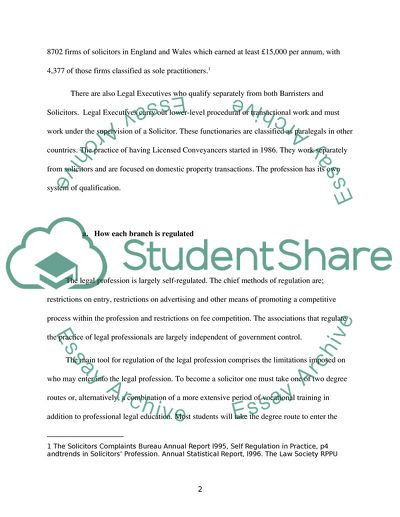Cite this document
(“ENGLISH LEGAL SYSTEM Essay Example | Topics and Well Written Essays - 2500 words - 3”, n.d.)
ENGLISH LEGAL SYSTEM Essay Example | Topics and Well Written Essays - 2500 words - 3. Retrieved from https://studentshare.org/miscellaneous/1577254-english-legal-system
ENGLISH LEGAL SYSTEM Essay Example | Topics and Well Written Essays - 2500 words - 3. Retrieved from https://studentshare.org/miscellaneous/1577254-english-legal-system
(ENGLISH LEGAL SYSTEM Essay Example | Topics and Well Written Essays - 2500 Words - 3)
ENGLISH LEGAL SYSTEM Essay Example | Topics and Well Written Essays - 2500 Words - 3. https://studentshare.org/miscellaneous/1577254-english-legal-system.
ENGLISH LEGAL SYSTEM Essay Example | Topics and Well Written Essays - 2500 Words - 3. https://studentshare.org/miscellaneous/1577254-english-legal-system.
“ENGLISH LEGAL SYSTEM Essay Example | Topics and Well Written Essays - 2500 Words - 3”, n.d. https://studentshare.org/miscellaneous/1577254-english-legal-system.


